WEEK8 AVANT-PRISM: PORTIA ZVAVAHERA, ZVAKAZARURWA
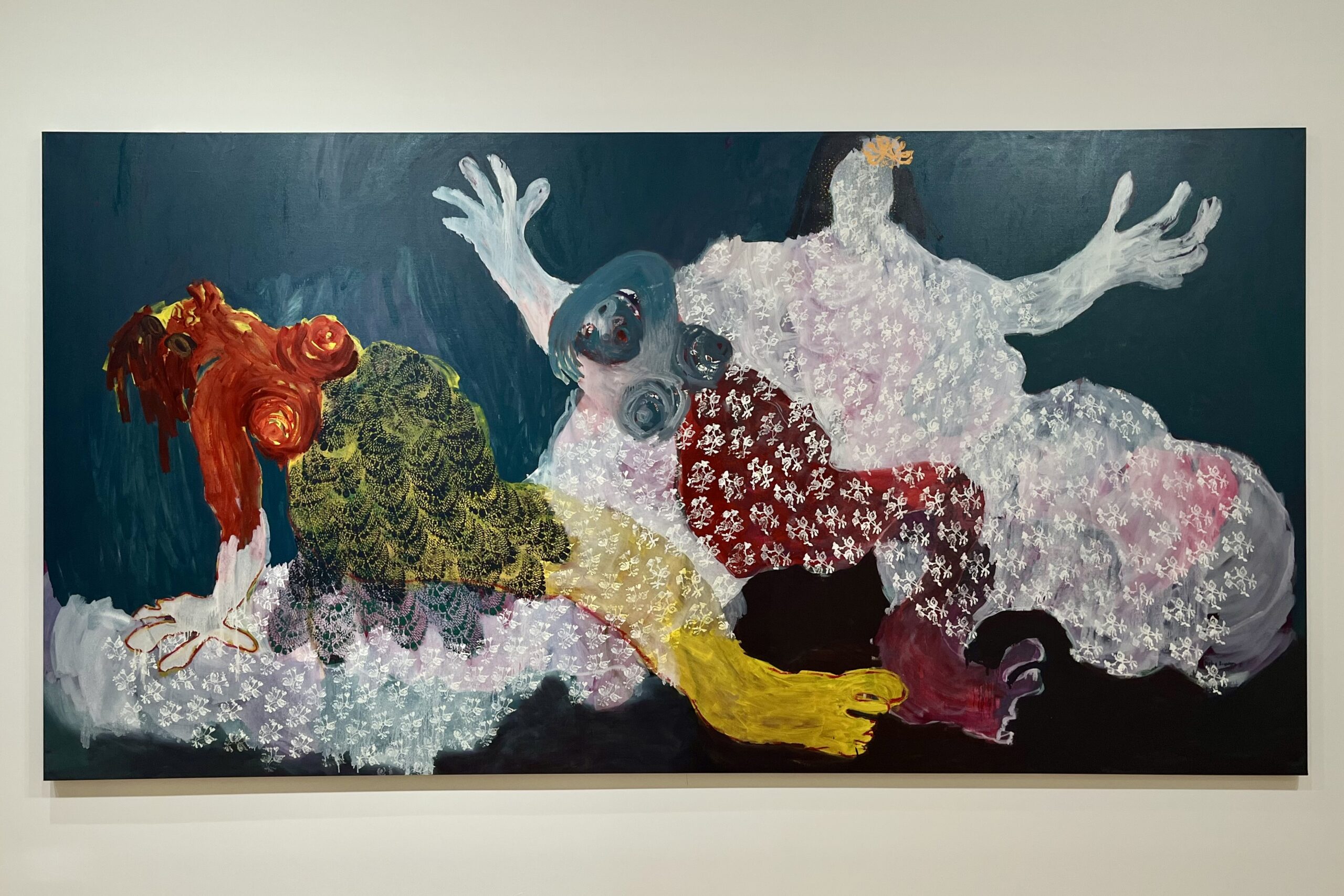
Date: 13 March 2025, 17:00-19:00.
Venue: Summerhall, Edinburgh.
Attendees:Peiyao Lyu, Tianyi Chen, Tianrui Li, Beini Cai, Yuge Dai, Jianglu Xiao, Yuewen Sun, Qu Chu, Qiqi Yang, Jiayang Yang, Jiamin Zhu.
Agenda:
-
Introduction to Portia Zvavahera’s exhibition Zvakazarurwa.
-
Key themes and artistic techniques.
-
Discussion and reflections.
1. Introduction to Portia Zvavahera’s Exhibition
The session began with an overview of the Zvakazarurwa exhibition, which traces Zvavahera’s artistic development. In small groups of three we discussed how her work engages with personal and collective memory, particularly through dreams, spirituality and multi-layered visual storytelling.
2. Key Themes and Artistic Techniques
Zvavahera’s use of layering, both in materials and narratives, was highlighted. Her techniques include printmaking, textiles, and intricate patterning to construct veiled imagery.
Discussion on how her themes of childbirth, spiritual resilience, and dreamscapes unfold within a broader cultural and ancestral framework. The emotional landscapes in works like Panerima rakakomba (1) (There’s too much darkness) (2023) were noted as powerful expressions of fear and uncertainty.
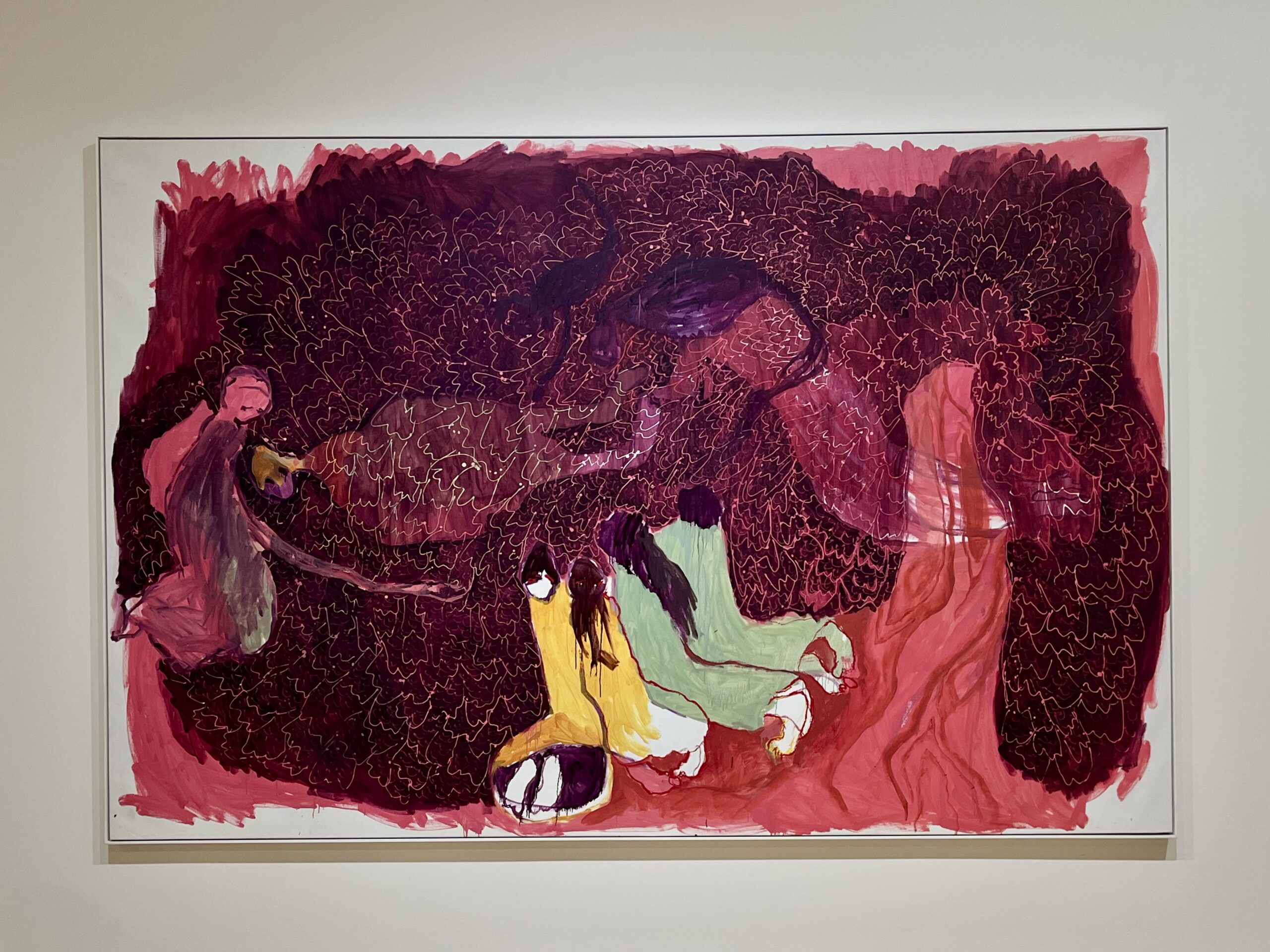
Portia Zvavahera
There’s too much darkness, 2023.
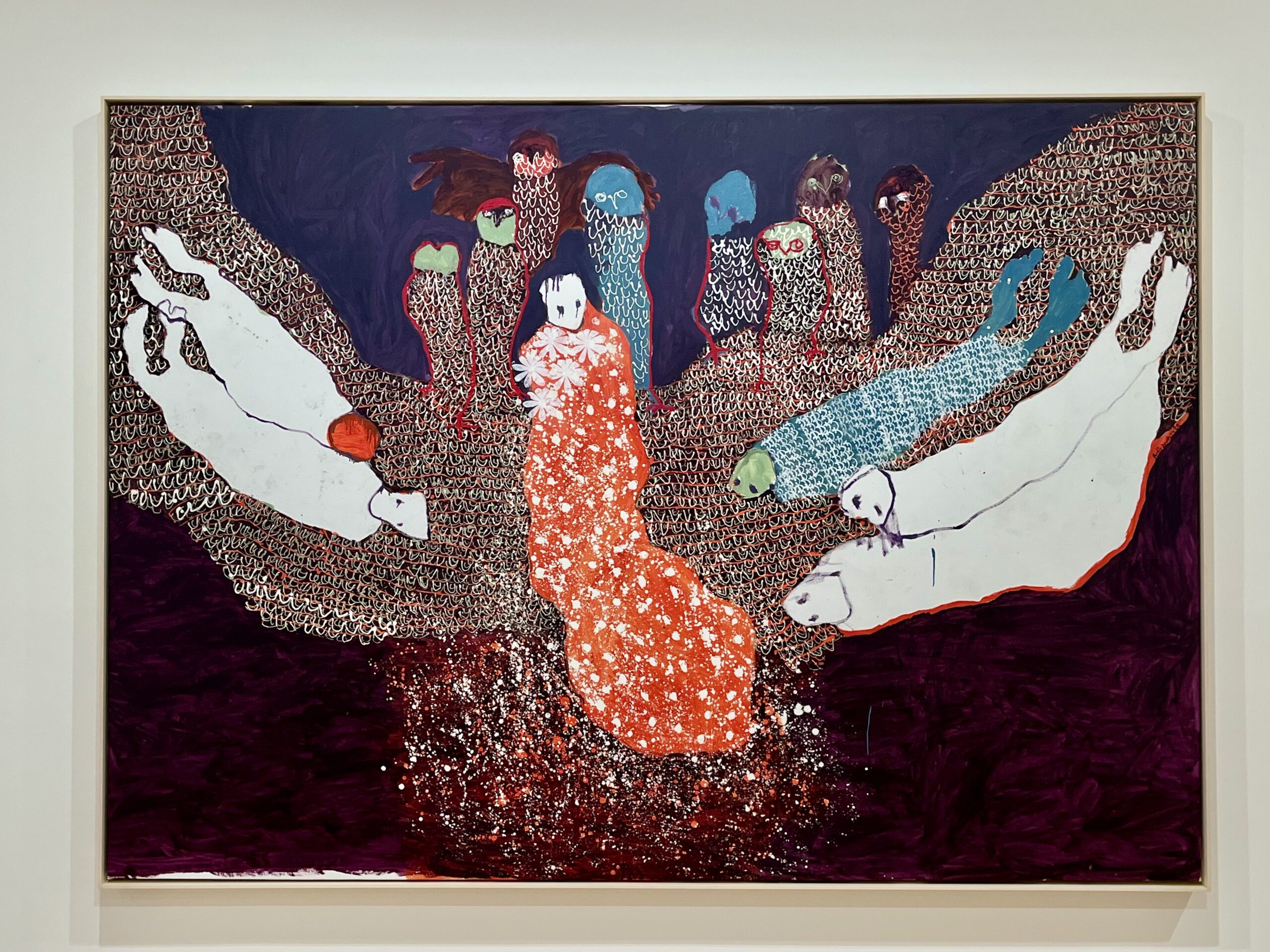
Portia Zvavahera.
Kudonhedzwa kwevanhu (Fallen people), 2022.
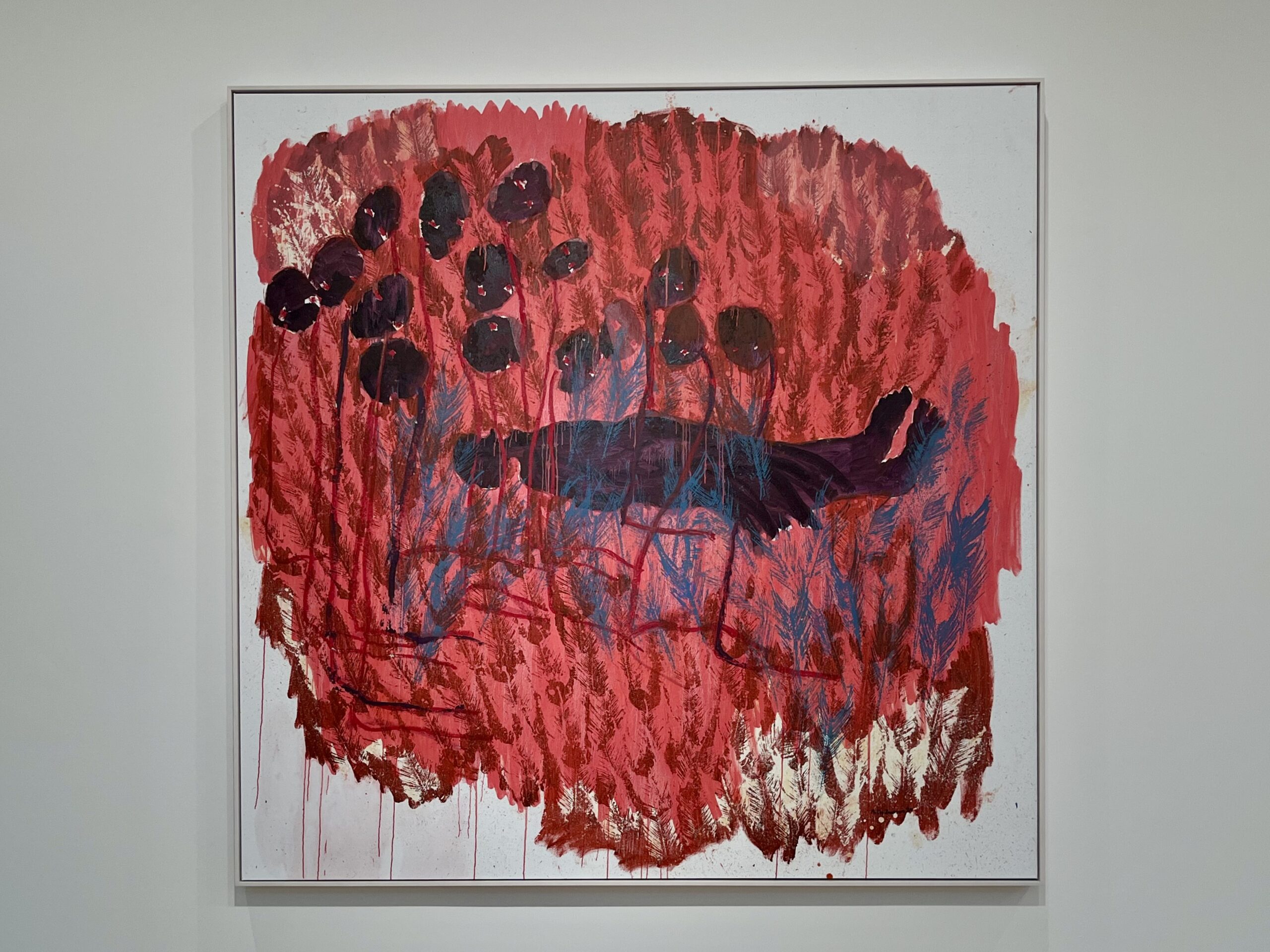
Portia Zvavahera.
The Energy Present (2024).
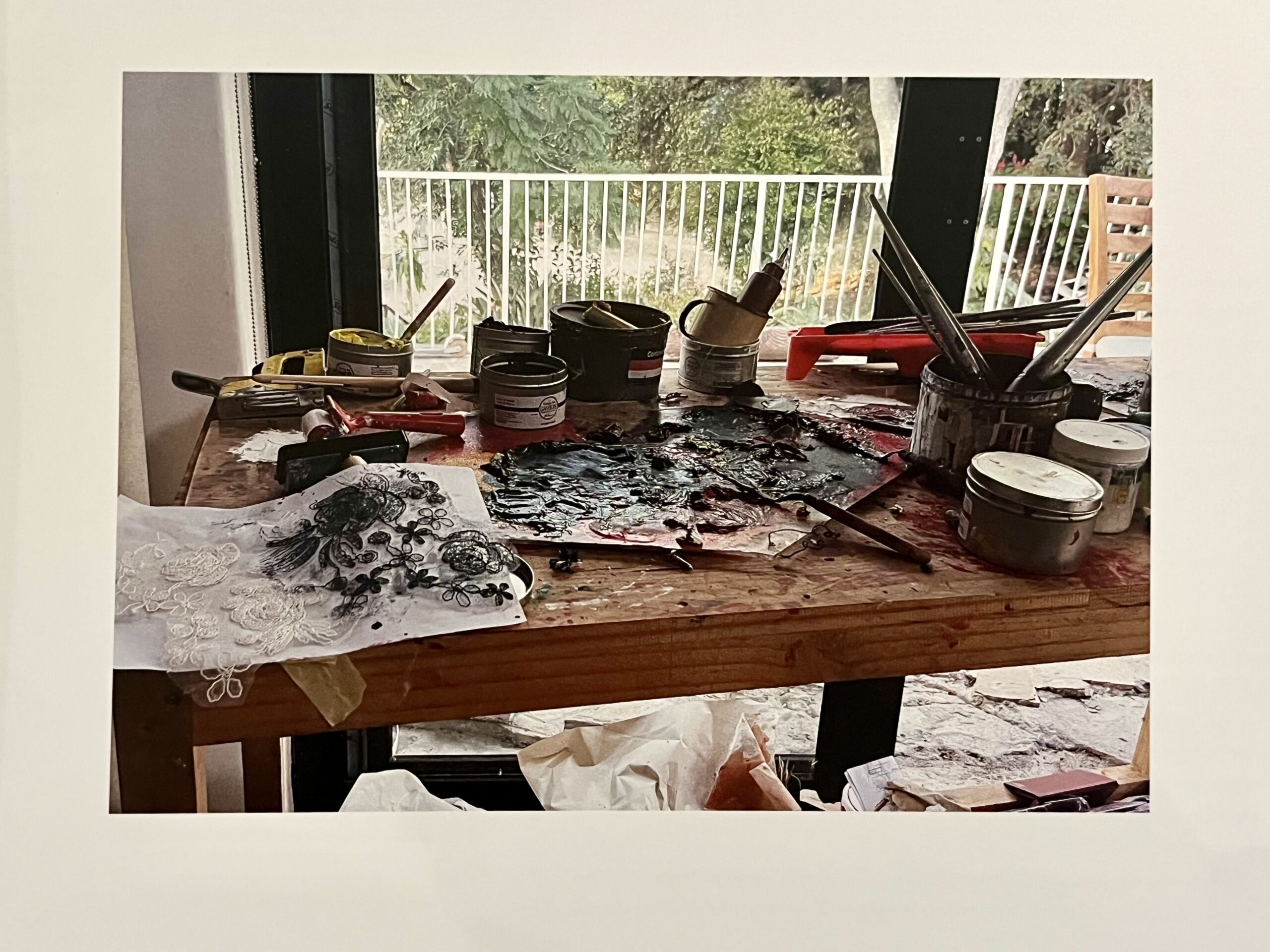
Portia Zvavahera’s workbench, the topiary material she often uses.
The concept of cultural layering in Zvavahera’s work parallels our approach to capturing fleeting memories through storytelling, photography, and mapping. Zvavahera’s engagement with dreams as emotional rather than literal representations was compared to our exploration of how memory is shaped by both real and imagined pasts. The protective veils in her paintings were linked to how cultural heritage can act as both a site of preservation and reinterpretation.
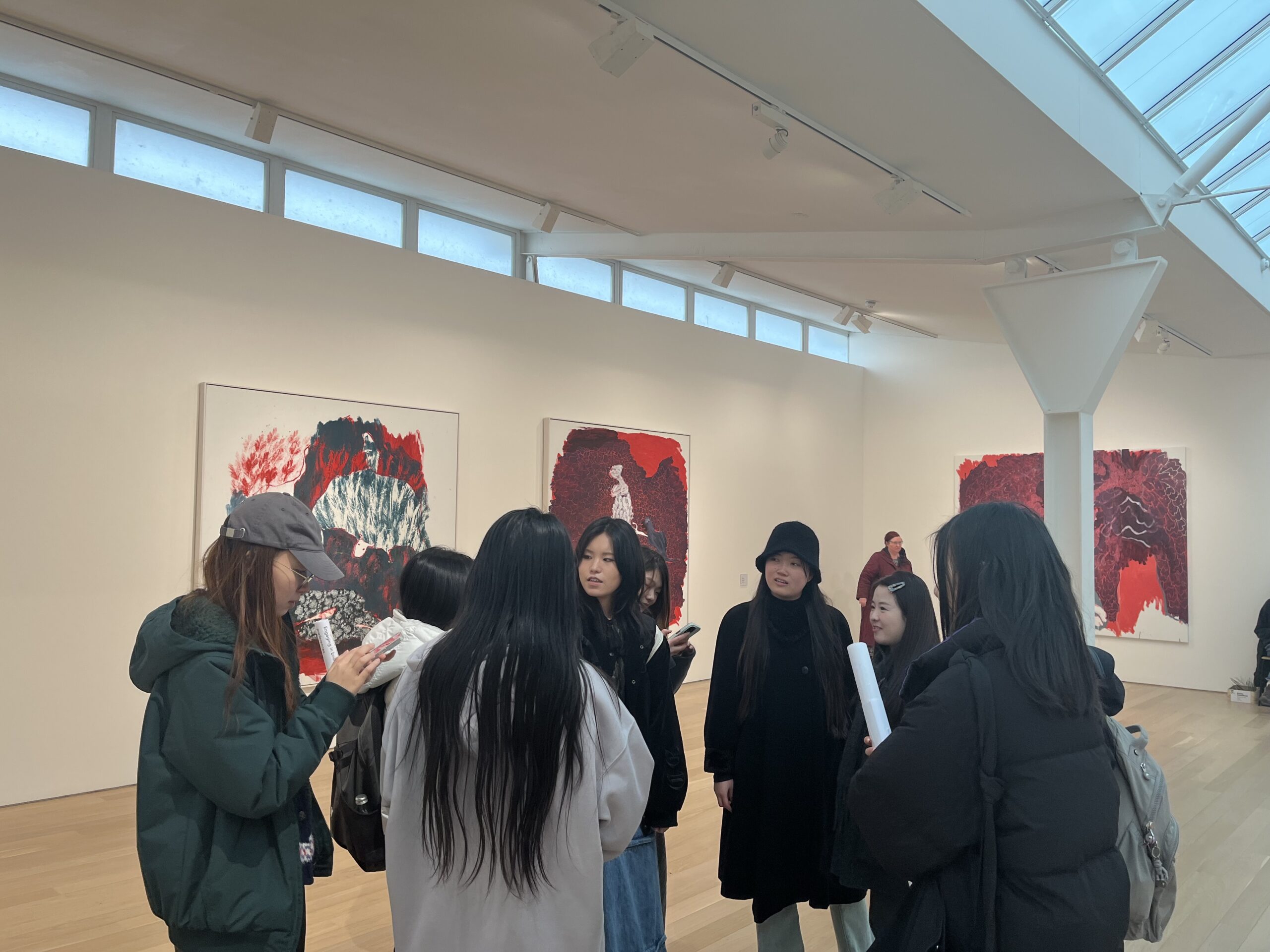
The AVANT-PRISM collective is visiting the exhibition, 13 March 2025.

The AVANT-PRISM collective is visiting the exhibition, 13 March 2025.
3. Discussion and Reflections
Finally, participants reflected on the importance of capturing memory’s fluid nature. The meeting concluded with a discussion on how Zvavahera’s work informs our approach to our collective memory exhibition, particularly in balancing personal and communal narratives.
I’m always thinking in Shona. Even as I am speaking right now, I’m thinking in Shona. The English titles come because people want to understand what I mean. I dream in Shona and everything is Shona.
Portia Zvavahera in conversation with Sinazo Chiya (2017).
My personal statement
Firstly, Zvavahera’s insistence on naming the exhibition in his native language, Shona, is itself a starting point for our understanding of the work. For viewers who do not speak Shona, the word Zvakazarurwa may initially be a sonic and rhythmic experience – its rhythms, repetitions, and arrangement of vowels and consonants enter our perceptions before its meaning. However, it is only with the English translation Revelations that we are able to glimpse its deeper layers: it both points to the Christian Book of Revelation and transcends a singular religious context, leading us into a multifaceted worldview that is cross-cultural, inter-faith, and cross-linguistic.
This linguistic choice reminds us that both texts and religions are understood, absorbed, and reinvented in specific times and places.Zvavahera’s work does not stop at the biblical narrative itself, but rather, in Southern Africa – a space that has experienced colonial and missionary influences – it -revisits how faith is intertwined with local ancestral beliefs, philosophical reflections, and perceptions of time. Her paintings are full of symbolism, with dream-like colours, layered textures and dynamic relationships between figures that seem to speak of a spiritual experience that is both individual and collective.
What I felt in this exhibition was an unfolding revelation rather than a single answer. It makes us think about how cultures intersect, collide, and morph in the course of history while retaining their own complexity.
References
Bonsu, Osei. African Art Now: 50 Pioneers Defining African Art for the Twenty-First Century. San Francisco: Chronicle Books, 2022. https://books.google.co.uk/books?id=TI6VEAAAQBAJ&pg=PP1.
David Zwirner. “Portia Zvavahera.” Accessed March 13, 2025. https://www.davidzwirner.com/artists/portia-zvavahera.
Fruitmarket. “Portia Zvavahera: Zvakazarurwa.” Accessed March 13, 2025. https://www.fruitmarket.co.uk/portia-zvavaherazvakazarurwa/.
Mpofu, N., A. Mamvuto, and E. Nhira-Mberi. “Metaphoric Visual Expressions in African Art: An Iconographical Analysis of Selected Artworks by Contemporary Visual Artists.” Visual Studies (2024): 1–12.
University of Cambridge. Kettle’s Yard. Accessed March 13, 2025. https://www.kettlesyard.cam.ac.uk/whats-on/portia-zvavahera/.
WEEK8 AVANT-PRISM: PORTIA ZVAVAHERA, ZVAKAZARURWA / Tianyi Chen / Curating (2024-2025)[SEM2] by is licensed under a
WEEK8 AVANT-PRISM: PORTIA ZVAVAHERA, ZVAKAZARURWA / Tianyi Chen / Curating (2024-2025)[SEM2] by is licensed under a



